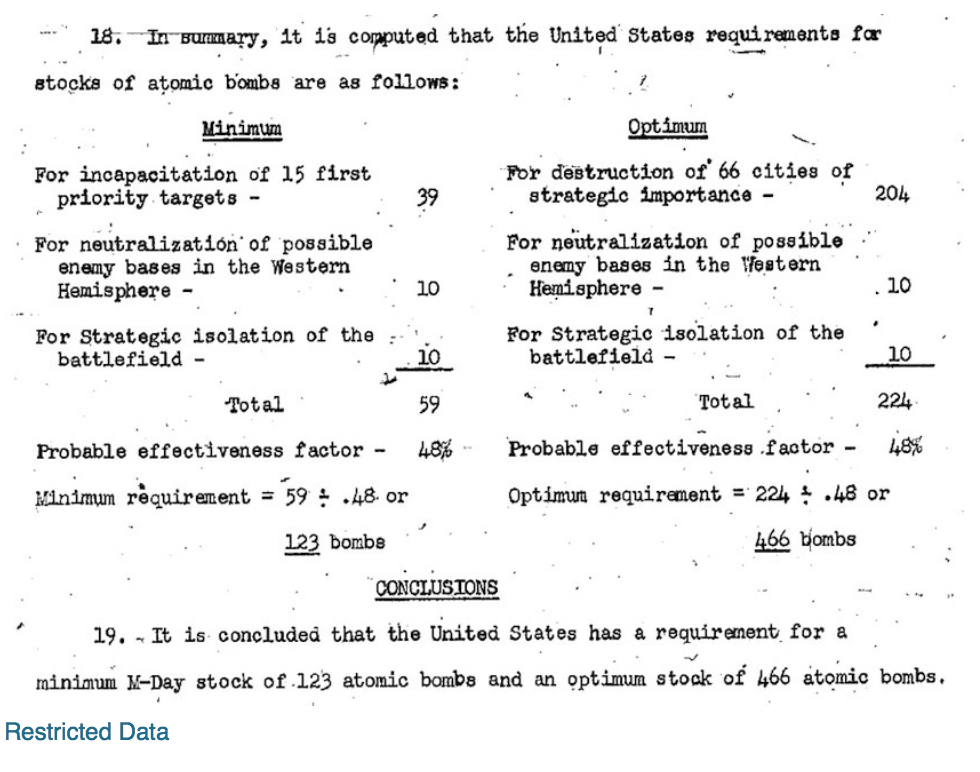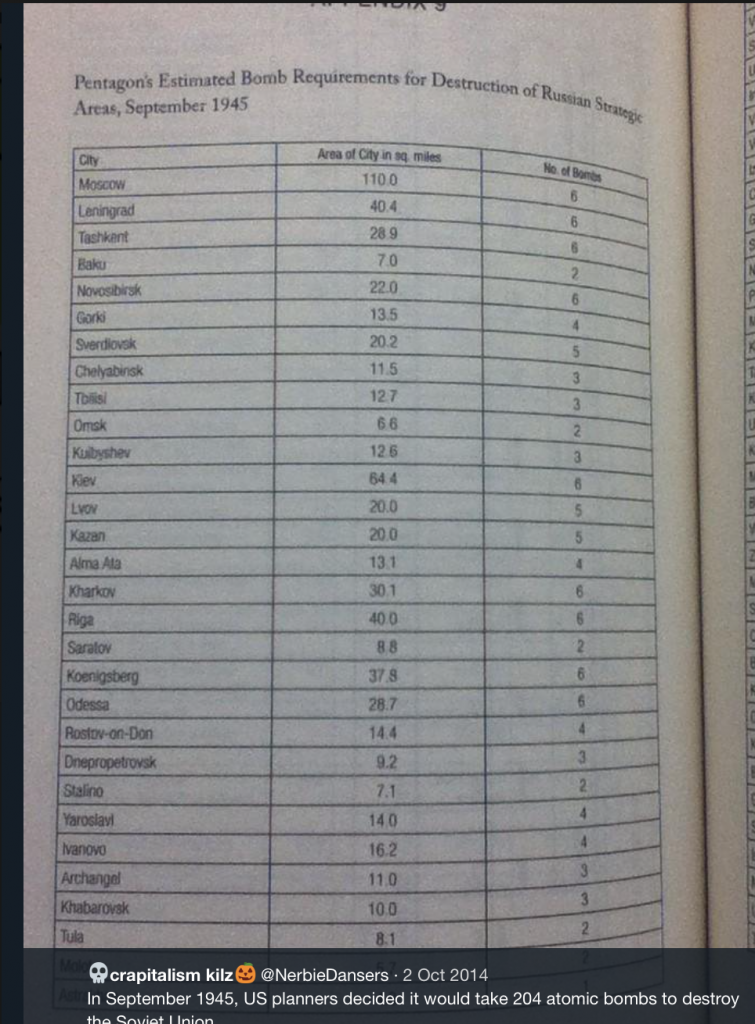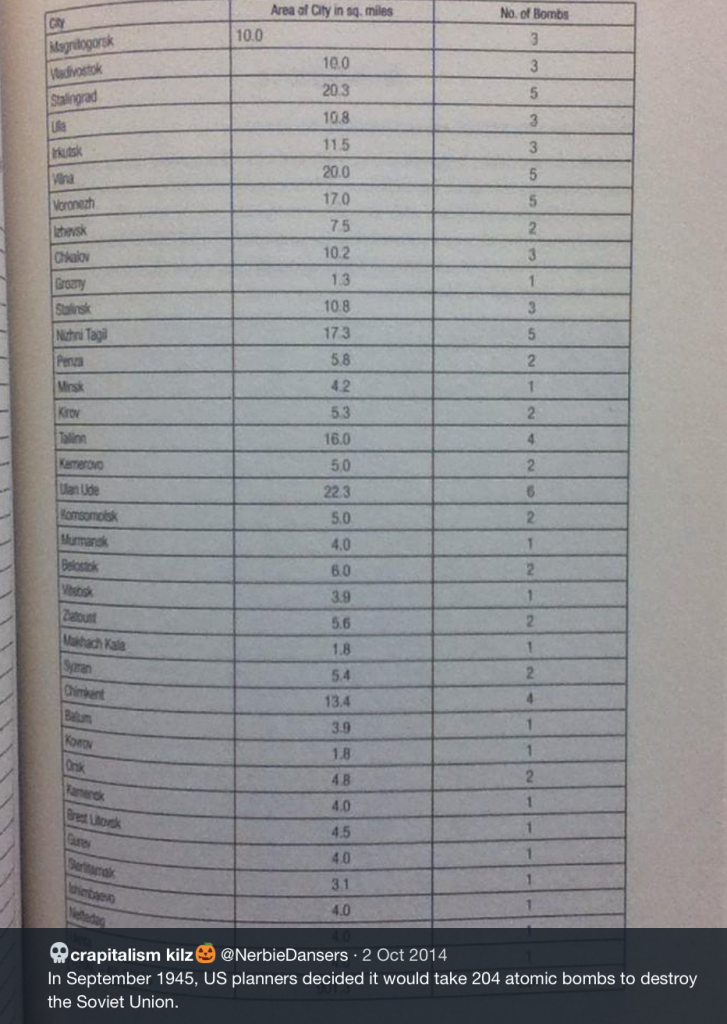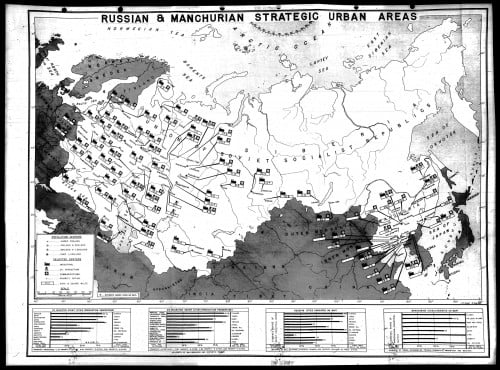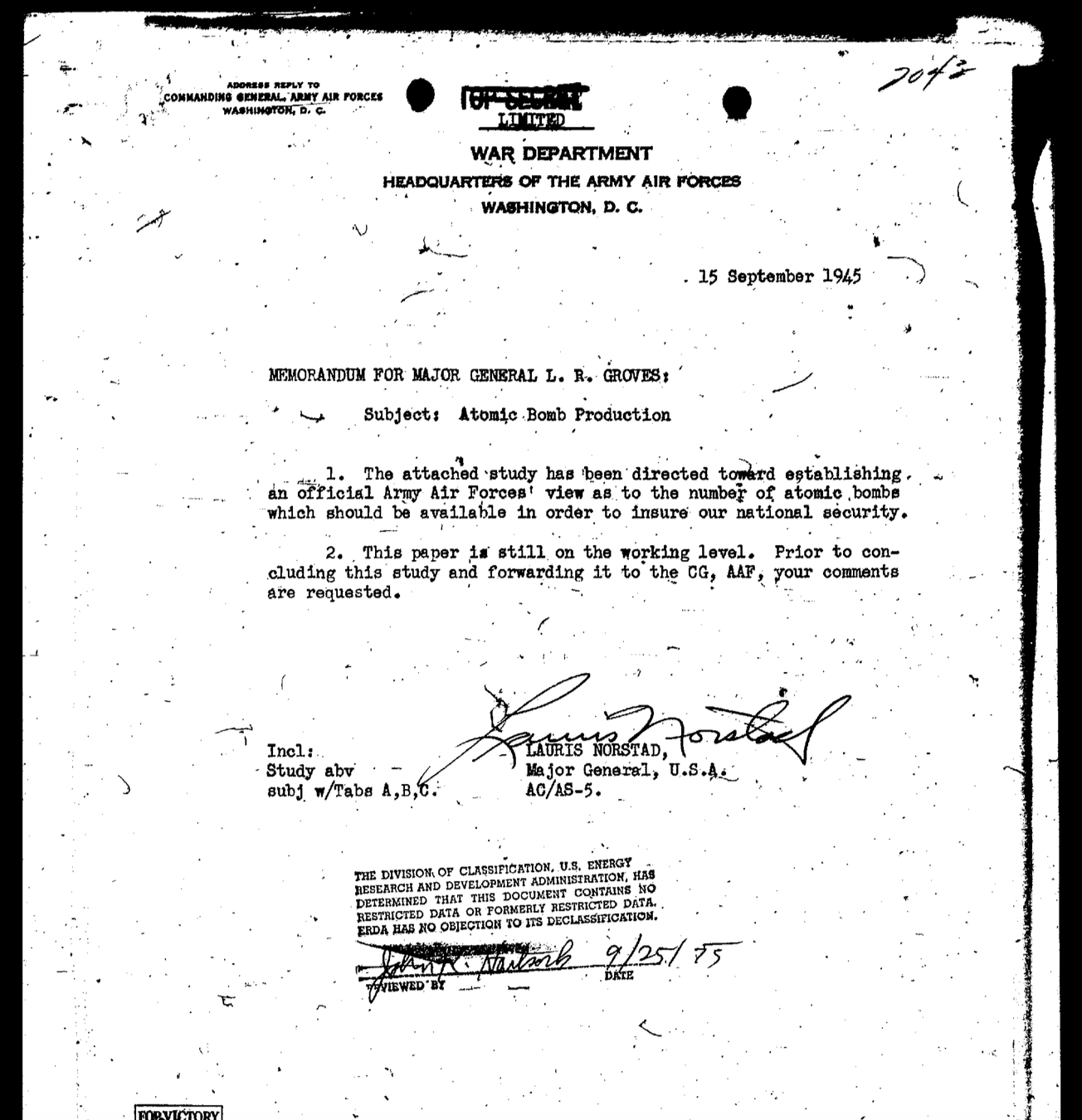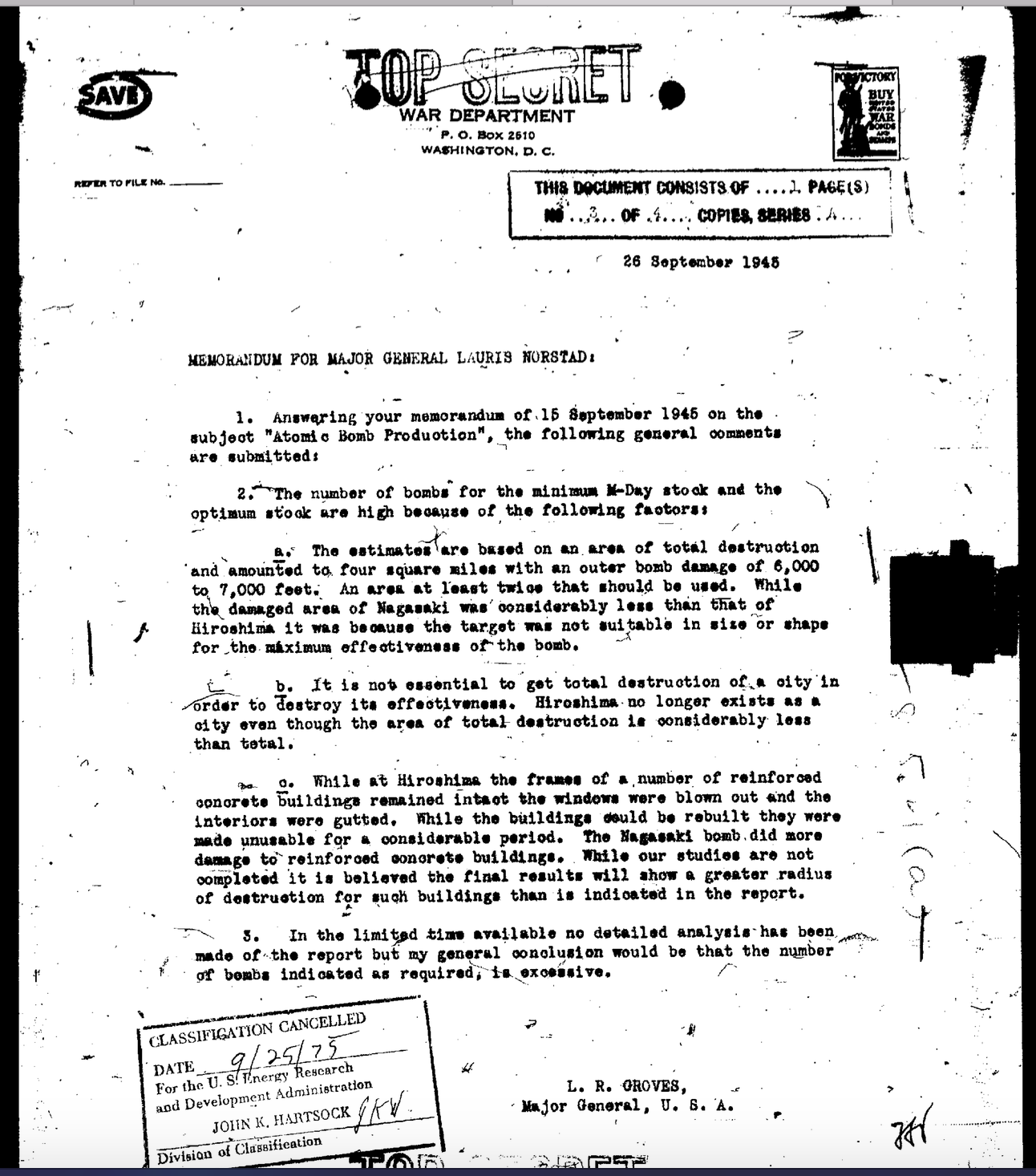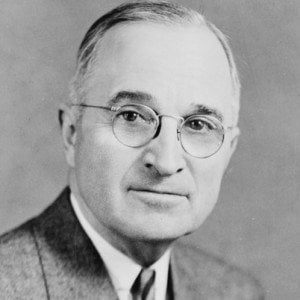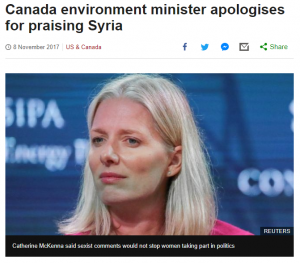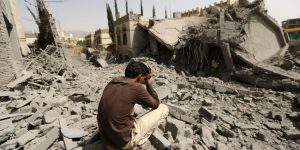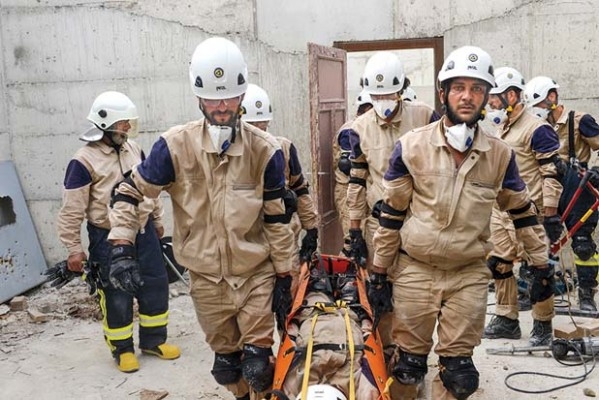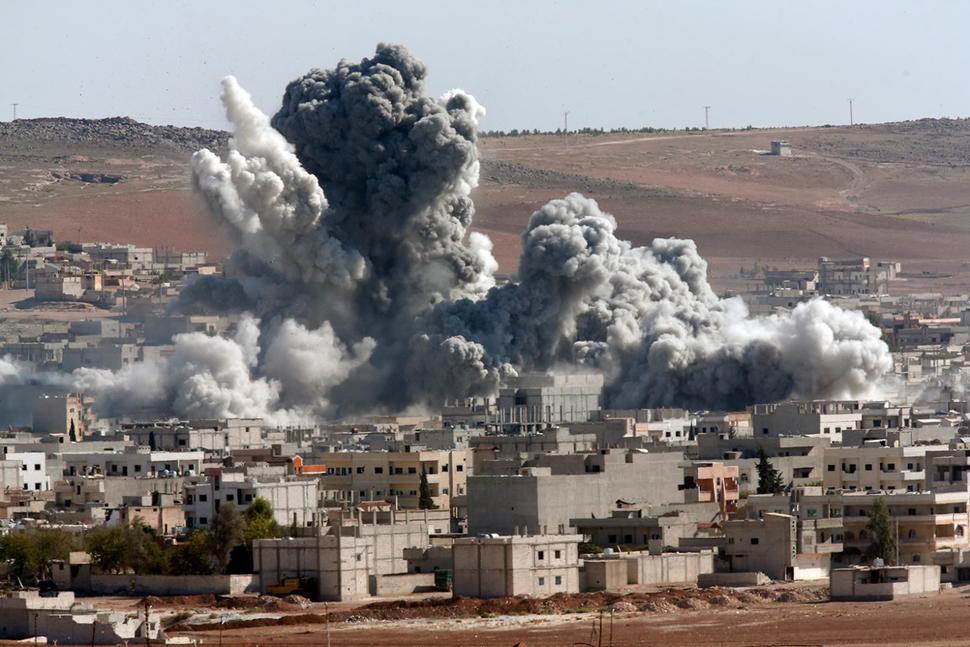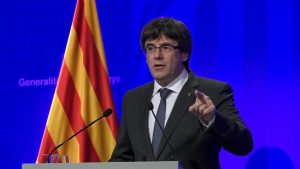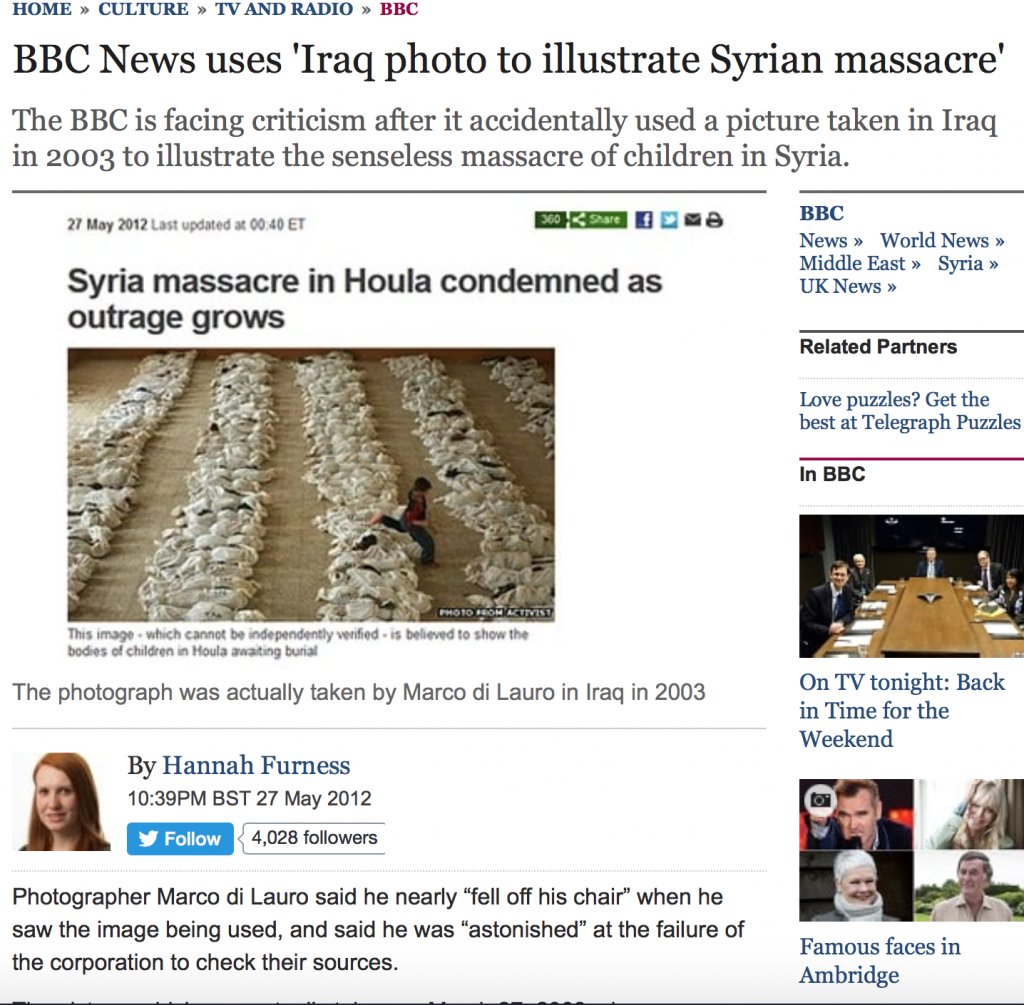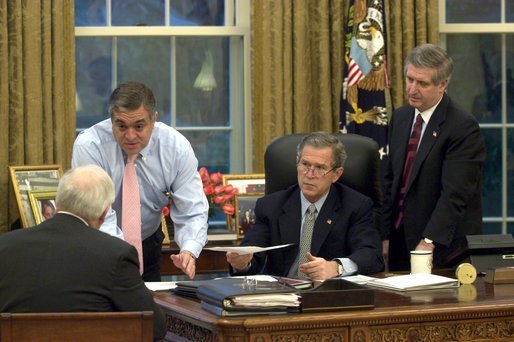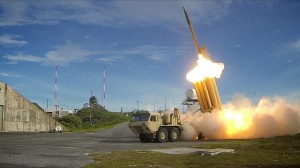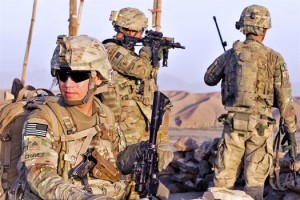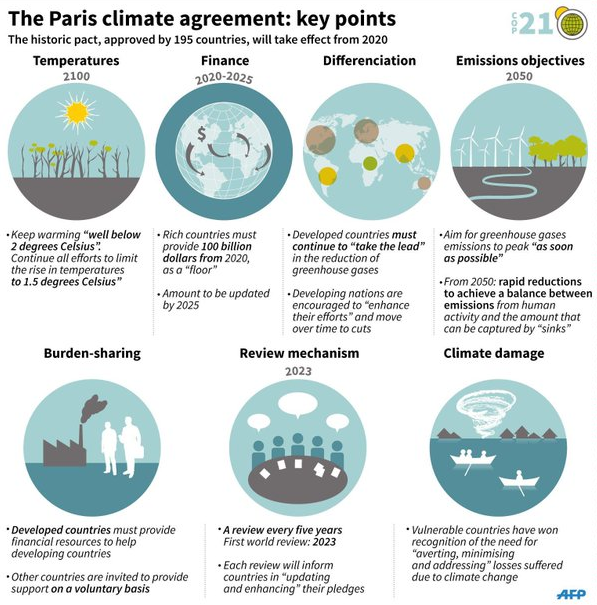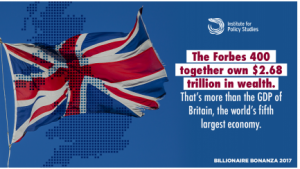“Last month Trump and released his initial proposals for cutting taxes on the rich. The proposals were developed behind closed doors by his key economic policy makers, Steve Mnuchin, Treasury Secretary, and Gary Cohn, director of the Trump Economic Council—both former senior managers of the Goldman Sachs investment bank. (see my prior article this blog, ‘The Trump-Goldman Sachs Tax Cut for the Rich’).
The initial Trump-Goldman Sachs proposal defined only the broad outlines of the Trump tax plan, but still clearly benefiting the wealthy and their businesses. But the proposal said little how the multi-trillion dollar handout would be paid for. This past week the tax plan was further revised and clarified by the Republican run US House of Representatives.
The Trump-Goldman Sachs-Paul Ryan Tax Plan
The Trump-Goldman Sachs proposals have been melded with tax cuts proposed by US House speaker, Paul Ryan, who has led the effort for years to use the tax system to transfer wealth to the rich and their corporations. This past week’s Trump-Ryan proposals now clarify further ‘who pays’—i.e. mostly the middle class and especially working class households earning less than $50,000 annual income.
How exactly are they paying, in this latest iteration of the tax cuts and income transfer for the rich that’s been going on since Reagan in the 1980s, accelerating under both George W. Bush and Barack Obama?
The Trump-Republican latest iteration of the tax handouts will cost about $1.5 trillion, according to the Trump administration. That’s what they say it will cost the federal government budget deficit and thus will add to the federal debt. But the total tax cuts are actually around $4.5 trillion. The $1.5 trillion number is only the estimated final impact of the cuts on federal budget deficits. By Congressional rules, if the Trump-Ryan version can keep the budget impact to $1.5 trillion, it needs only 50% votes (plus one) in Congress to pass; but if the hit to the deficit is more than $1.5 trillion, it takes 60%.
The $2.6 Trillion Corporate-Business Tax Cuts
It’s estimated the corporate tax cut measure in the Trump-Ryan bill alone—cutting the nominal tax rate from current 35% to 20% and the corporate Alternate Minimum Tax–will together reduce tax revenue and raise deficits by $1.5 trillion, according to the Congress Joint Committee on Taxation. But that’s only the beginning of the total tax cuts to businesses. That’s just for corporate businesses, and just one of the several big corporate tax cut windfalls in the plan.
There are tax reductions for non-corporate businesses as well. By reducing the nominal tax rate for non-corporate businesses from 39.6% to 25% (affecting what’s called ‘pass through business income’) the result, according to the Joint Committee on Taxation, is an additional $448 billion tax reduction for businesses that are proprietorships, partnerships, S corporations, and other non-traditional corporations. And this cut goes to the wealthiest, high end of non-corporate companies. Small businesses (mom and pop businesses) whose owners earn less than $260,000 a year would see nothing of this proposed ‘pass through’ reduction. Half of all ‘pass through’ business income is earned by the wealthiest 1% non-corporate businesses.
Back to the corporate tax cutting, then there’s the daddy of all big corporate tax cuts for US multinational corporations. Trump, Ryan and other business interests claim that US multinationals—i.e. Apple, Google, big Pharma companies, global banks, oil companies and their ilk—pay the highest corporate taxes in the world and therefore cannot compete with their offshore counterparts in Europe, Asia and elsewhere. But that’s a lie. Studies have shown that US MNCs pay an effective tax rate (i.e. actual and not just ‘on paper’ nominal rate) of only 12.5%. Add to that 12.5% a mere 2-4% additional tax they pay in offshore countries, and another 2% or so they pay to US States with corporate income tax laws, and the true, total global tax rate is around 17%–not 35%.
US MNC’s currently hoard at least $2.4 trillion in their offshore subsidiaries (what they publicly admit to) that they have been refusing pay taxes on for years. Apple Corp., one of the worst tax avoiders, currently has $268 billion in cash; 95% of that $268 billion is stashed away in its offshore subsidiaries in order to avoid paying US corporate taxes. That’s just the legally admitted number. No one knows how much Apple, other MNCs, and wealthy individual investors sock away in offshore tax havens and shelters in order to avoid even reporting, let alone paying, taxes on.
The Trump-Ryan plan for this $2.4 trillion tax avoided money hoard is to cut the tax rate for cash held offshore from 35% to 12%. But that 12% is really 5%, since the 12% applies only to cash offshore; other forms of corporate ‘liquid’ assets are taxed at only 5%. That means it will be easy for corporations like Apple to ‘game’ the system by temporarily converting cash to liquid assets and then back again after the lower 5% rate is paid. They’ll pay 5%, not the 10%. Another measure calls for a 10% tax on future profits earned, but only on ‘excess offshore profits’ held by subsidiaries. If it’s not ‘excess profits’, then the tax rate is 0%. Just the latter measure, referred to as the ‘territorial tax’, is estimated to reduce MNC’s taxes by $207 billion.
A variation of this very same tax shell game was played previously, in 2005. Under George W. Bush, US multinational corporations were hoarding about $700 billion offshore by 2005. They were given a special ‘one time’ deal of a 5.25% tax rate if they brought the money back to the US and reinvested it in jobs. They brought about half of the $700 billion back—but didn’t reinvest in production. Instead they used it to buy back stock and pay more dividends that didn’t produce any jobs, and finance mergers and acquisitions of their competitors which actually reduced jobs. US MNCs got away with a 35% to 5.25% tax cut in 2005, so they began repeating the practice of shifting US profits to their offshore subsidiaries immediately after once again in order to avoid paying taxes. Now Congress is cutting them a similar deal—i.e. for a second time while calling it once again, as in 2005, a ‘one time’ deal. This so-called ‘repatriation tax’ measure results in is an incentive to shift even more production and operations to offshore subsidiaries, which reduces jobs in the US even further.
All this amounts to a total tax cut windfall for US multinational corporations of at least $500 billion, and likely even hundreds of billions of dollars more over the coming decade.
And there’s still more, however, for corporations in the Trump-Ryan plan. The tax plan’s ‘depreciation’ provision, which is another name for tax cuts for investment, are also liberalized to the tune of $41 billion new tax cuts. Companies can deduct from their tax bill the cost of all the new equipment they buy in the same year. And they can do that for the next five years. As that paragon advocate of economic justice, Larry Summers, former champion of bank deregulation, recently admitted recently in the business daily, Financial Times: “Effective tax rates on new investment is reduced to zero or less, before even considering the corporate rate reduction.” And there’s another roughly $50 billion in miscellaneous business tax cuts involving limits on business expending and other provisions.
How Trump Personally Benefits
The commercial real estate industry—i.e. where Trump made his billions and continues to do so—gets a particularly sweet deal. It is exempt from any cap the Trump plan places on its deduction of business expenses. Commercial real estate companies are also allowed to continue deferring taxes when they exchange properties. And the industry’s numerous tax loopholes remain unchanged in the Trump-Ryan bill. Yet Trump himself says he will not benefit personally from the tax proposals—even though the tax returns he released for one year back before 2005 show his company realized billions in tax relief from the special loopholes enjoyed by the commercial real estate industry. And Trump himself paid $35 million in the corporate AMT, which is now projected to go away as well.
In summary, there’s at least $2.6 trillion in total corporate-business tax cuts in the Trump-Ryan plan. That’s well above the $1.5 trillion limit mandated by Congressional rules, however. And the $2.6 trillion does not include personal income tax reduction for wealthy households and investors. The corporate-business tax cuts alone amount to almost twice the $1.5 trillion allowed by Congressional rules. But the personal income tax cuts for the wealthy will cost another minimum $2 trillion, just for changes in top personal income tax rates and for limiting, then ending, the Alternative Minimum Tax and the Inheritance Tax. That’s $4.6 trillion and three times the $1.5 trillion!
The Personal Income Tax Cuts for the Wealthy
While personal income taxes will rise for the middle and working classes to cover the tax cuts for business, the hikes will also have to cover simultaneous tax cuts for wealthy individuals, 1% households, and investors. There are three big ways wealthy individuals and investors get tax cuts in their personal income tax in the Trump-Ryan bill:
(1) reducing of personal tax brackets and lowering of rates;
(2) reducing and then eliminating altogether the Alternative Minimum Tax (AMT); and
(3) exempting and then ending the Inheritance (Estate) tax.
The top personal tax rate is currently 39.6%. The cutoff occurs for those earning $466,000 a year or more. They pay the 39.6%. But many more now will not under the bill. The Trump-Ryan bill raises the threshold at which they pay the 39.6% to $1 million. Those now earning between $466,000 and $1 million will now pay a lower rate of 33%. Those previously paying 33% are now reduced to 25%. Those at 25%–i.e. the middle class—stay at 25% and thus get no cut. So the personal tax rate on the middle class rate is not reduced, but the higher income levels are significantly reduced. The total tax cut from lower tax brackets for the wealthy has been estimated at $1.1 trillion, according to the Congress’s Joint Committee on Taxation.
The Inheritance, or Estate, tax is paid by only 0.2% of households. Nonetheless, the exemption will double from the first $5.5 million value of the estate to $11 million per person. And it will be completely repealed by 2024. The gift tax, through which the wealthy pass on much of their estates before dying, will also enjoy a $10 million exemption. That all amounts to a $172 billion tax cut for the 1% wealthiest households.
The other ‘biggie’ tax cut for the rich is the reduction and subsequent elimination of the Alternative Minimum Tax, AMT. This was designed to get the rich to pay something in taxes, after they exploited all their available tax loopholes and/or stashed their money offshore in tax shelters and havens, both legally and illegally. (Note: the just released so-called ‘Paradise Papers’, show how much and where they hide their wealth offshore to avoid taxes—from Queen Elizabeth of Britain to entertainment celebrities like Madonna, Bono, and a long list). 60% of the AMT is paid by individuals earning more than $500,000 a year, and another 20% by those earning adjusted income of more than $200,000. The AMT measures in the Trump-Ryan bill will amount to a $696 billion tax cut for the wealthy, according to estimates by the Joint Committee of Congress last week. And that’s not even counting the changes to the AMT paid by businesses as well.
Just the ‘big 3’ personal income tax cuts amount to nearly $2 trillion in total reductions. Add to that the estimated additional $2.5 trillion in corporate-business tax cuts and the total is $4.5 trillion—not the $1.5 or even $1.75 trillion currently referred to in the business and mainstream media.
How the Middle and Working Classes Pay for it All
• Personal Exemptions and Standard Deductions
The personal exemption for a family of four current reduces taxable income by $16,600 a year. This is ended under Trump-Ryan and replaced with an increase in the Standard Deduction, from current $13,000 a year to $24,400. So the Standard Deduction rises by $11,400 but is less than $16,600. So the net result is an increase in $5,200 in taxable income for a family of four.
The increase is even greater for a family of four that itemizes its deductions. For total itemization of $15,000, they will find their taxable income increasing by $7,200 a year. These gaps will also rise over the 10 year period and result in even higher taxes over time.
Repeal and changes to the Personal exemption and Standard deductions amount to a $1.6 trillion tax hike.
• Elimination of Itemized Deductions
Nearly half of all tax filers with annual income between $50,000 and $75,000—i.e. the core of the middle and working classes—currently itemize deductions to reduce their total taxable income and taxes paid. So it’s not true that only the rich itemize. And here is where the Trump-Ryan tax proposals take their biggest whack at the middle class.
-All State and Local income tax deductions are ended under the Trump plan. That’s a roughly $186 billion tax hike—a measure that will mostly hit ‘blue’ Democratic states where state income taxes exist. Contrary to Trump-Ryan propaganda, only 27% of state-local tax deduction is claimed by the wealthiest 1% households. The majority of the deduction is by the middle class.
-Limits on the property tax deduction will result in a further tens of $billions of tax hikes. Limits on this deduction will also reduce property values and thus have a negative wealth effect on middle class homeowners—especially in the ‘blue’ coastal states where home prices are highest.
-Deductible interest on first mortgages are reduced by half. This will reduce new home construction, and result in an indirect effect of escalating apartment rental costs, reducing middle and working class real incomes.
-Ending the extraordinary medical expenses deduction will hike taxes by $182 billion. These expenses are incurred by families with extraordinary medical expenses, as health insurance coverage pays less and less of such coverage. Previously they could deduct up to 10% of their income. This is now ended.
Expenses formerly deducted for personal casualty losses, un-reimbursed employment expenses for teachers, alimony, moving to a new job expenses, equity home loans interest, are all totally eliminated under the Trump-Ryan plan.
Limits and elimination of deductions are estimated at a tax hike of another $1.3 trillion, according to the Joint Committee on Taxation.
That’s $2.9 trillion to offset the $4.6 trillion in tax cuts for corporations, businesses, and the wealthiest households!
In addition are further miscellaneous tax hikes on the Middle Class in the following ways:
• Alternative Energy Credits
Current credits for installing solar and other alternative energy end, raising taxes by $12.3 billion.
• Adoption Credits
Credits for families adopting children end, raising taxes of $3.8 billion
• Flexible Health Savings Accounts and Elderly Dependents Expenses
Currently, workers may reduce taxes from gross wages by setting aside some income in a flexible health savings account. Business also enjoy a tax deduction for payments they make into health insurance plans and pensions. The total amounts to $540 billion a year. Businesses can continue their tax deduction for health payments, but workers will not. Nor may they deduct expenses for elderly dependents’ care. Their costs also tens of billions of dollars.
• Education Credits
Students and colleges take a big hit under the Trump-Ryan plan. Several education credit programs are ended, leaving one education credit. The result is a cut and tax hike of $17 billion. Student loan interest deductions are also ended, costing $13 billion. Companies that assisted higher education programs for employees with $5,250 tax free tuition aid for employee and company are ended; now they are taxable. May companies will now reduce their tuition assistance programs. Education tuition costs deductions for low income households are ended. So are tax free interest higher education savings bonds and savings accounts. It’s a total tax hike of $65 to $95 billion over the decade.
• New Price Index and Reduced EITC
The Trump-Ryan bill brags that it reduces taxes for the near and working poor who now pay an income tax rate of 15% and 10%, by consolidating the two brackets to a combined 12% rate. The former 10% group will of course get a 2% tax hike. But the increase in the income limit at which taxes are paid, from current $12,000 to $24,000, will offset this hike, according to Trump-Ryan. But the plan’s shift to a new, lower consumer price index will reduce the amount increasingly over time the working poor may claim tax reimbursement under the Earned Income Tax Credit, EITC. And it’s highly likely in any final bill that the $24,000 will be significantly reduced.
The foregoing is just a short list of the many ways the middle and working classes will pay for the Trump-Ryan tax bill. We’re talking about approximately $3.5 trillion in tax hikes in the Trump-Ryan bill negatively affecting mostly middle and working class households.
Closing 3 Big Capital Income Tax Loopholes
If Trump-Ryan really wanted to raise taxes, instead of targeting the middle class, they could have easily raised $2 trillion by ending just two other programs: Eliminating the preferential tax rate for long term capital gains taxation, which would bring in $1.34 trillion by 2024; and ending the practice of foregoing all taxation on stocks transferred at death, for which recipients of the stock pay no taxes whatsoever. That would generate another $644 billion. That’s $2 trillion.
Another at least $2.5 trillion could be raised by ending corporate tax deductions for payments into company pension and health insurance plans. Workers don’t get to deduct their contributions to these plans. Why should employers?
In other words, just three measures alone targeting corporate and capital incomes would raise $4.5 trillion in tax income over the coming decade. The three could pay for all the corporate-business-wealthiest 1% tax cuts in the Trump-Ryan bill, without raising any taxes on the middle and working classes! But that’s targeting capital incomes of the rich and their corporations, and politicians elected and paid for by the same won’t ‘bite the hand that feeds them’, as they say.
Concluding Comments
If the cost of the Trump-Ryan tax cut proposals are thus $4 trillion at minimum, and if the proposals only call for $1.3 trillion in tax hikes for the middle and working classes by raising their personal income taxes, where is the remaining $2.7 trillion to come from?
My prediction is that the Senate version, and final joint House-Senate version, of the bill that will now follow in coming weeks will have to pare down the tax cuts for wealthy individuals and raise some more the tax hikes on the middle class. Cutting the corporate tax rate is the priority for the Trump administration. After that ensuring US Multinational corporations get to shield even more of their profits from taxation. Congress will take it out of the personal income tax provisions which will be scaled back from the current Trump-Ryan proposals. Tax breaks for wealthy individuals will be softened, and new ways to quietly raise taxes on the middle class households may be found.
But the main solution will be to offset the more than $1.5 trillion net tax breaks with more spending cuts on social programs. In 2011 Congress and Obama cut spending by $1 trillion on education, health, transport, etc. Another $500 billion was cut in 2013. They will therefore try to repeat the ‘fiscal austerity’ solution to enable tax cutting for corporations. But that’s not new. The process of spending cuts to finance corporate-wealthy tax cuts has been going on since Ronald Reagan. It’s one of the main causes of the growing income inequality in the US that is the hallmark of Neoliberal policy since the 1980s.
The Trump-Ryan proposals are just the latest iteration of Neoliberal fiscal policy that has been making the rich richer, while destroying the economic and social base of the USA. Neoliberal policies associated with tax and spending programs, free money for bankers and investors provided by the central bank (the Federal Reserve), industrial policy deregulating everything and destroying unions, and trade policy enabling offshoring of production and jobs and free re-entry of US goods produced overseas back to the US (aka free trade) have been together ripping a gaping and ever-growing hole in the social fabric of the country. That has in turn been giving rise to ever more desperate radical right wing politics and solutions—i.e. the political consequences of the Neoliberal economic policies.”
Dr. Jack Rasmus is author of ‘Central Bankers at the End of Their Ropes: Monetary Policy and the Coming Depression’, Clarity Press, August 2017, and ‘Systemic Fragility in the Global Economy’ and ‘Looting Greece’, also by Clarity Press, 2016. He blogs at jackrasmus.com and his website is http://www.kyklosproductions.com and twitter handle, @drjackrasmus.
This article was originally published by Jack Rasmus.
 We are at a very dangerous crossroads in our history.
We are at a very dangerous crossroads in our history.
